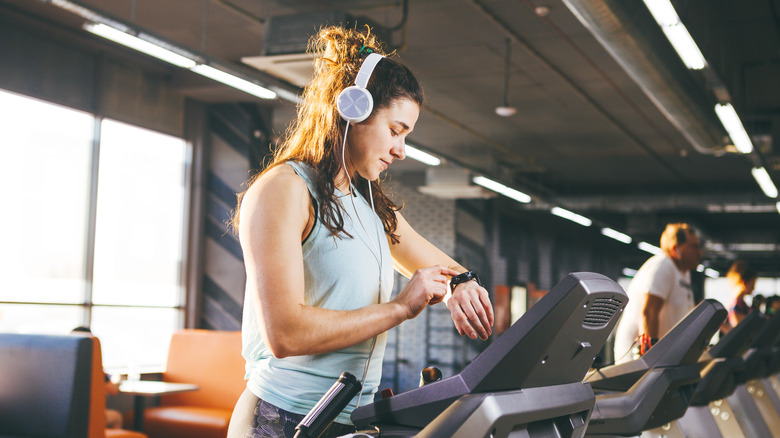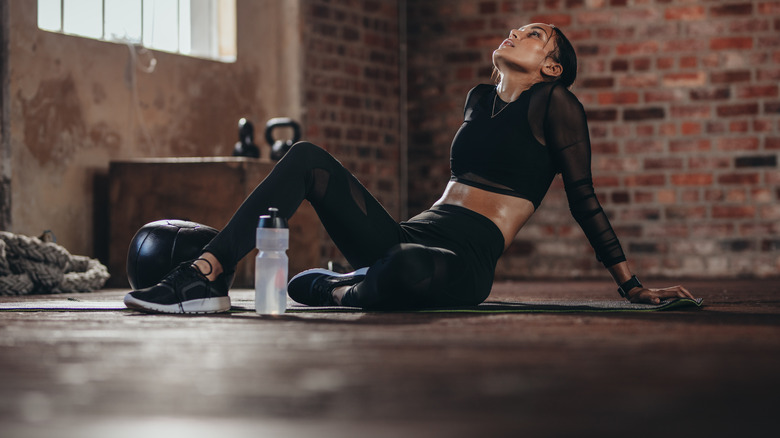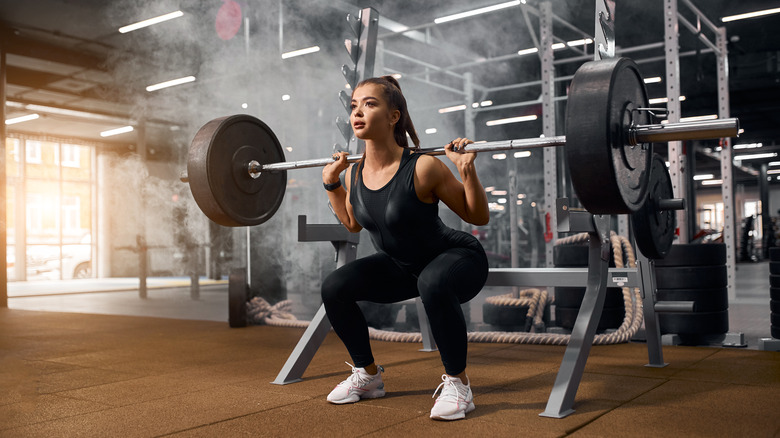Most gym-goerstrack their workoutsin one way or another.
Some use fitness watches or bands, while others rely on countdown timers.
Another handy tool is the RPE scale, which allows you to measure training intensity.

The acronym “RPE” stands for rated perceived exertion or rate of perceived effort.
Athletes use this scale system to determine how hard they work in the gym or on the field.
The RPE scale runs from 0 to 10 or 1 to 10, depending on the rating system used.

Weight training is usually done at an RPE of 7 to 9.
Anything above these values requires significantly more effort.
Think about high-intensity interval training, sprinting, or long-distance running.

Most athletes can barely breathe or speak when training at an RPE of 9 or 10.
Both tools serve the same purpose, but the RPE scale is more user-friendly.
Let’s see how it works.
Just think about thedreaded leg day!
Training intensity will also vary from one set to another, depending on the weight used.
The RPE scale can help you determine how hard your body is working.
This measure is subjective, but it can still be a good indicator of exercise intensity.
You may use this system to optimize your workouts, break through plateaus, and prevent overtraining.
“RPE keeps you away from that fatigue point,” competitive powerlifter Brandon Smitley toldMuscle and Fitness.
“The number one thing it teaches you is how to listen to your body,” he added.
However, there’s nothing wrong with using RPE totweak your exercise routine.
Or you’re able to measure your RPE over several weeks to see how far you got.
You may also combine the two to keep your body guessing and prevent plateaus.
In this instance, you might use the RPE scale to measure workout intensity.
Sweat, a popular fitness app, recommends using this scale to determine how much weight you should lift.
Generally, strength workouts performed at a 7-8 RPE are ideal forbuilding mass.
High-intensity resistance training, on the other hand, is performed at an RPE of 6 or 7.
If you want to build strength rather than size, lift heavier and aim for an 8-9 RPE.
This rating system is suitable for aerobic workouts, too.
you’re able to also use this tool to prevent and manage fatigue.
In this case, aim for a lower RPE rating or take some time off.